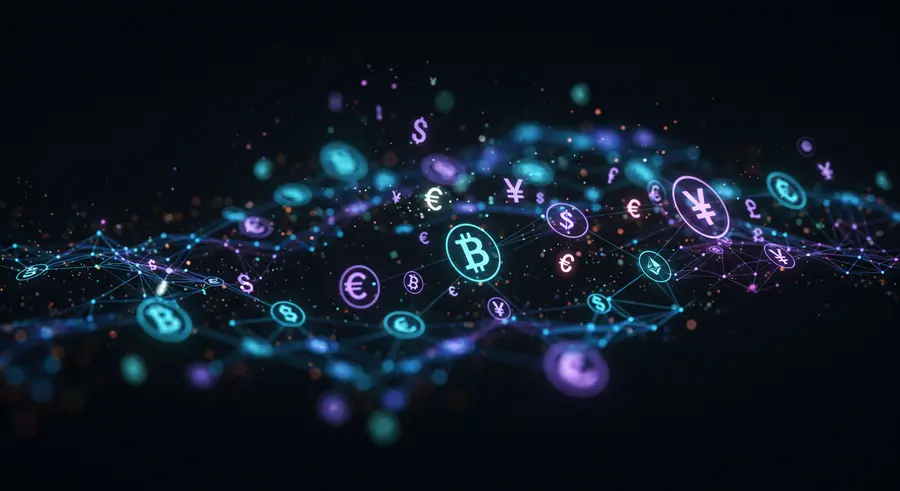DeFi Explained: The Future of Finance is Here
Decentralized Finance, or DeFi, is an umbrella term for financial applications built on blockchain technology, primarily Ethereum. The goal of DeFi is to create an open-source, permissionless, and transparent financial service ecosystem that is accessible to anyone with an internet connection, bypassing traditional intermediaries like banks and brokers.

Core Concepts of DeFi
At its heart, DeFi seeks to replicate and improve upon traditional financial services in a decentralized manner. Key components include:
- Decentralized Exchanges (DEXs): Platforms that allow users to trade cryptocurrencies directly with each other without the need for a central authority. Examples include Uniswap and SushiSwap.
- Lending and Borrowing Protocols: These platforms enable users to lend out their crypto assets to earn interest or borrow assets by providing collateral. Aave and Compound are popular examples.
- Stablecoins: Cryptocurrencies designed to minimize price volatility, typically by being pegged to a stable asset like the US dollar (e.g., USDT, USDC, DAI). They are crucial for stability within the volatile crypto market.
- Yield Farming & Liquidity Mining: Strategies where users provide liquidity to DeFi protocols and earn rewards in the form of transaction fees or new tokens. This incentivizes participation and helps bootstrap new projects.
- Oracles: Services that provide external, real-world data to smart contracts, enabling them to execute based on off-chain information (e.g., Chainlink).
Why DeFi Matters
DeFi offers several compelling advantages over traditional finance:
- Accessibility: Anyone with an internet connection can access DeFi services, regardless of their geographical location or economic status. This is particularly impactful in regions with limited access to traditional banking.
- Transparency: All transactions on public blockchains are transparent and verifiable, reducing fraud and increasing trust.
- Permissionless: No central authority controls access. Users don't need approval to participate.
- Composability: DeFi protocols are often open-source and can be combined like "money legos" to create new and innovative financial products.
- Lower Fees: While transaction fees (gas fees) exist, they can often be lower than traditional banking fees, especially for international transactions.
Risks and Challenges
Despite its promise, DeFi also comes with inherent risks:
- Smart Contract Vulnerabilities: Bugs or exploits in smart contract code can lead to significant financial losses.
- Volatility: The underlying crypto assets can be highly volatile, impacting the value of investments and collateral.
- Regulatory Uncertainty: The regulatory landscape for DeFi is still evolving, posing potential risks for users and developers.
- Scalability Issues: High network congestion on blockchains like Ethereum can lead to slow transaction times and high gas fees.
- Liquidation Risks: Borrowers risk liquidation if the value of their collateral falls below a certain threshold.
The Future of Finance
DeFi is a rapidly evolving space that is redefining how we think about money and financial services. It presents a paradigm shift towards a more inclusive, efficient, and transparent financial system. As the technology matures and adoption grows, DeFi has the potential to onboard millions more into the global financial ecosystem. For those looking to gain deeper insights into market sentiment and make informed financial decisions, an AI-powered financial companion can be incredibly valuable. Explore innovative financial tools and stay ahead in the dynamic world of decentralized finance.
Further Reading
To deepen your understanding of Decentralized Finance, consider exploring: